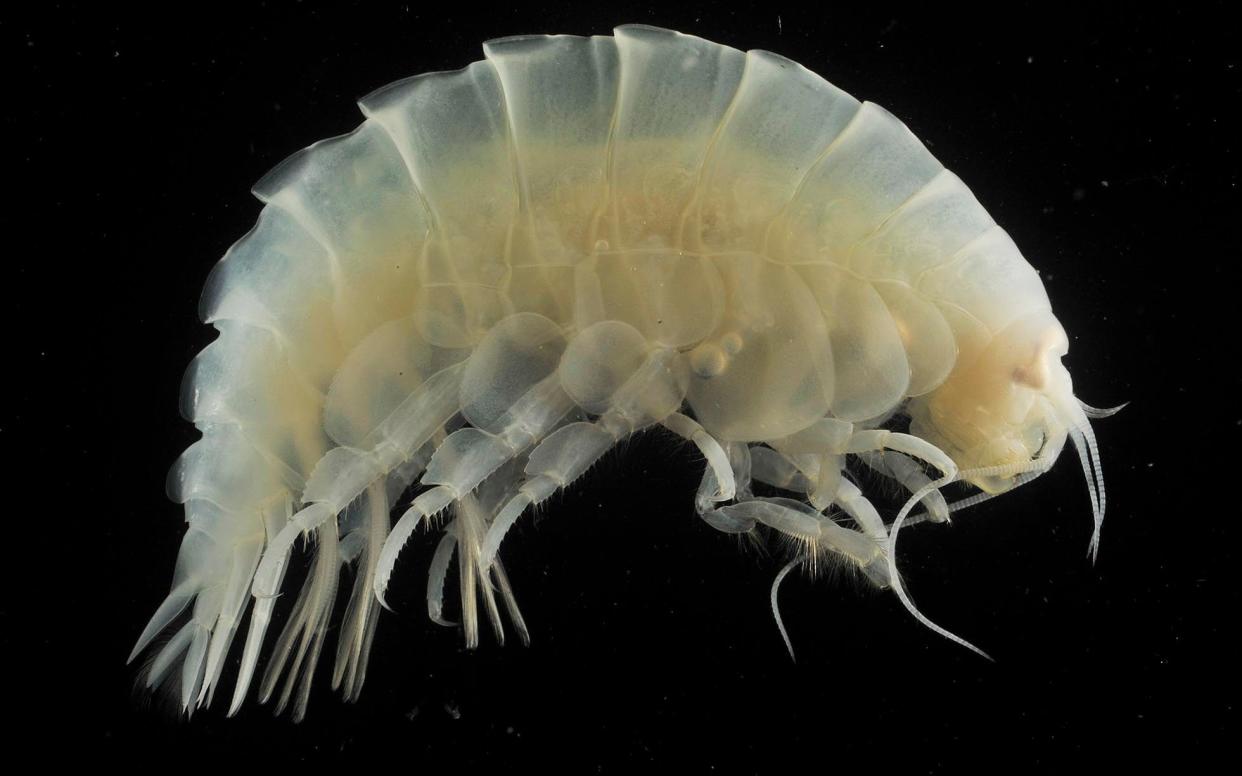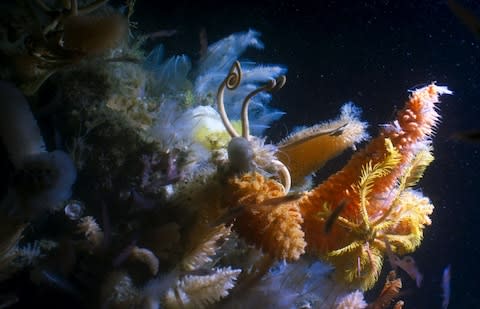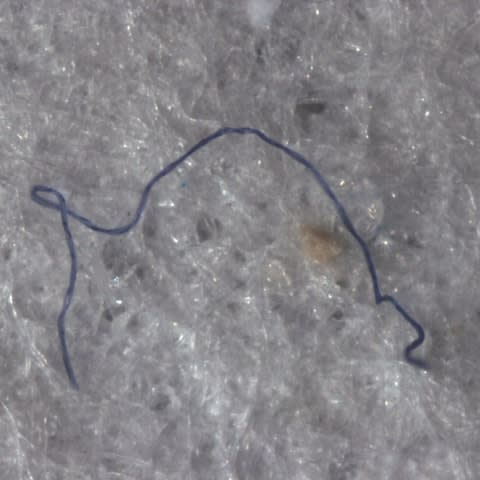Sea creatures in Mariana Trench (the deepest place on Earth) have plastic in their stomachs

Sea creatures living in the deepest part of the ocean have been found with man-made fibres in their stomachs for the first time, showing that no part of the world’s seas are now untouched by human rubbish.
Scientists from Newcastle University discovered that every single crustacean surveyed at the bottom of the Mariana Trench, a six mile deep schism in the Pacific Ocean, had debris in its body.
The team used the same deep-diving technology which was recently used to film the remarkable footage of the trench for the BBC’s new natural history series Blue Planet II.
Fragments found in the stomachs and muscles of sea creatures included synthetic fibres including Rayon, Lyocell and Ramie as well as textiles such as Nylon, polyethylene and polyvinyl.

Dr Alan Jamieson, who led the research, said: “The results were both immediate and startling.
“This study has shown that manmade microfibres are culminating and accumulating in an ecosystem inhabited by species we poorly understand, cannot observe experimentally and have failed to obtain baseline data for prior to contamination.
“There were instances where the fibres could actually be seen in the stomach contents as they were being removed.
“It is highly likely there are no marine ecosystems left that are not impacted by anthropogenic debris.”
Mariana trench - locator map
The team tested crustaceans found in the ultra-deep trenches that span the entire Pacific Ocean - the Mariana, Japan, Izu-Bonin, Peru-Chile, New Hebrides and Kermadec trenches.
The sampled depths range from four to more than six miles including the deepest point, Challenger Deep in the Mariana Trench, at 6.7 miles (10,890m) using free-falling deep-sea landers.
After examining 90 individual they and found ingestion of plastic and fibres ranged from 50 per cent in the New Hebrides Trench to 100 per cent at the bottom of the Mariana Trench.

Deep-sea organisms are dependent on food raining down from the surface and because food is scarce they are not picky about what they eat. And once the plastics are on the sea-bed there is nowhere for them to go, so they continue to accumulate.
Sir David Attenborough, who narrates BBC Blue Planet II, said plastic in the ocean was now a major threat to the world’s oceans.
“Everybody should be concerned about it,” he told The Telegraph.
“It’s a terrible paradox that when it was invented in the 1920s or earlier scientists went to huge trouble to make sure it was indestructible. And now we are dumping hundreds of tons into the oceans every day.
“It doesn’t mean it doesn’t fragment and that is one of the problems, it fragments into tiny little sphere which absorb poisons selectively, so these highly poisonous globules are then eaten by fish.”
Mariana trench - depth
An estimated 300 million tonnes of plastic now litters the oceans, with more than 5 trillion plastic pieces weighing over 250,000 tons currently floating on the surface.
Although the majority of marine litter can be observed floating on the surface, the degradation and fragmentation of plastics will ultimately result in sinking to the underlying deep-sea habitats, where opportunities for dispersal become ever more limited.
It is estimated that without a major intervention the weight of plastic in the ocean will be greater than the weight of fish by 2050.

Craig Bennett Friends of the Earth chief executive officer said: “This is further shocking evidence that toxic plastic is accumulating in even our most precious and remote environments.
“Urgent measures are needed to defuse this plastic pollution time bomb.
“Government’s around the world must come up with a plan to rapidly phase-out fossil fuel-based plastics for good.
“There should be no place for plastics that aren’t biodegradable and made from natural materials.”
